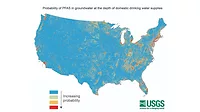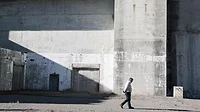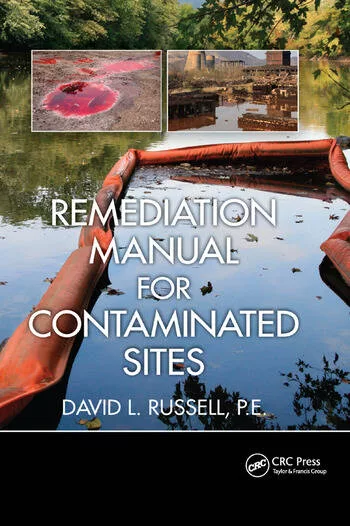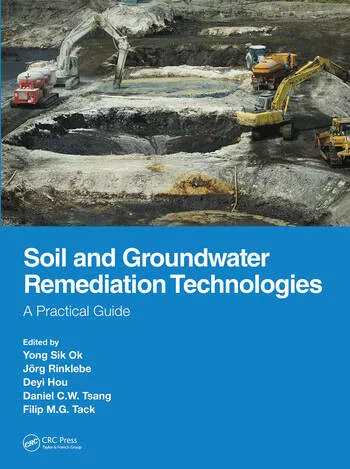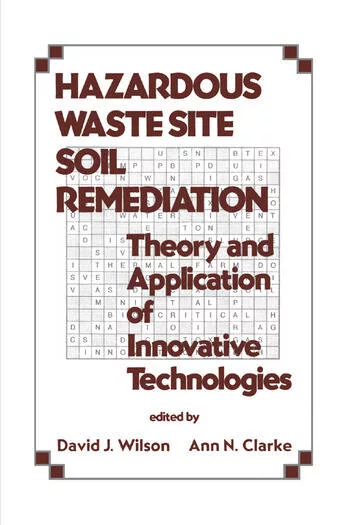Contaminated groundwater amendments underway at Bozeman Superfund site
EPA recently signed an Administrative Settlement Agreement and Order on Consent with Idaho Pole Company for groundwater work. Pilot EPA groundwater amendments began in August.
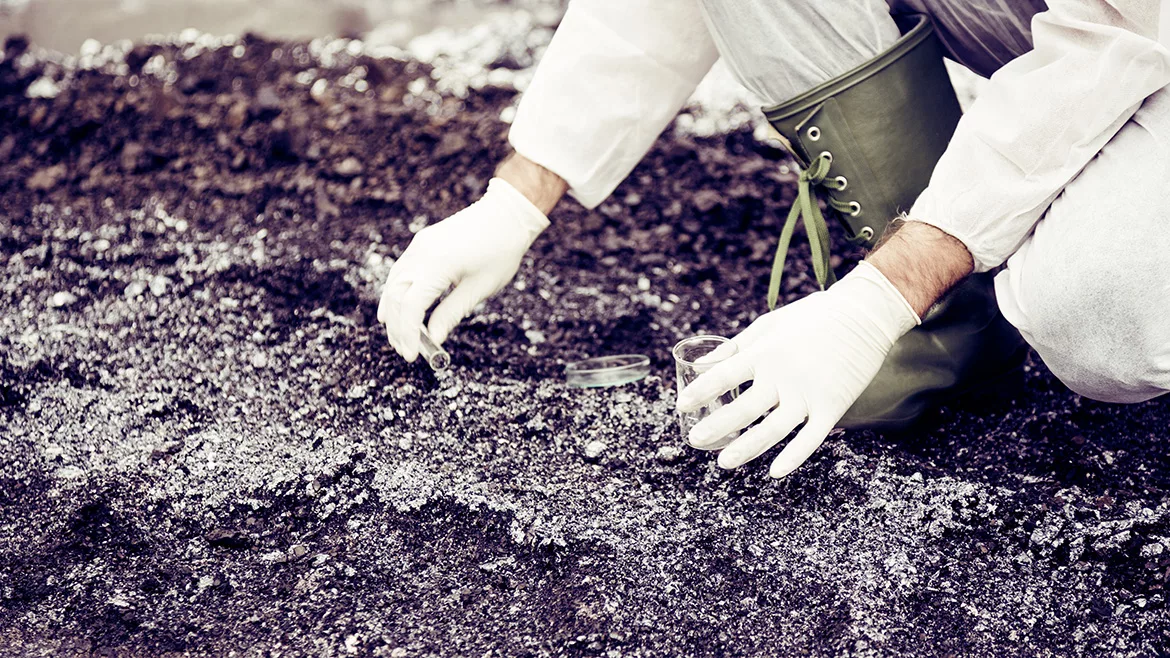
nullplus / iStock / Getty Images Plus via Getty Images.
How does an entity without revenue come up with the money to clean up a contaminated Superfund site? That’s the question the Environmental Protection Agency set out to answer with the City of Bozeman regarding the high-profile Idaho Pole Co. yard.
The agency originally placed the site on its Superfund list in the 1980s after it was discovered that the wood-treating operation was contaminating soil and groundwater. Environmental engineers have since remediated the contaminated surface soil and relocated the treated soil to a couple of acres under 12 inches of clean fill – prompting EPA to remove much of the Idaho Pole property from the list in 2020 after determining no further action was necessary.
Since then, a company named Scout, DAC LLC has bought the property. EPA Project Manager Roger Hoogerheide laid out the timeline during an April presentation to city commissioners ahead of the June sale; then in July, EPA came out with its administrative order of consent with Idaho Pole related to additional work needed for the groundwater contamination.
“Idaho Pole is a defunct company. So in a sense, it’s not a business entity making money, and their assets are land,” Hoogerheide says. “So what EPA, as well as the state of Montana, is concerned about, should the sale of the property proceed forward, we don’t have a mechanism to ensure that Idaho Pole has the funds available in order to do the remaining cleanup.”
The sale of the property will cover the future cost of cleanup, Hoogerheide says, and the sale funds will be put into an escrow account, according to the Bozeman Daily Chronicle.
Hoogerheide says there are also groundwater remedies planned for this summer, which will include in-situ injection of chemical oxidants into the groundwater that will address the remaining contamination. The purchaser’s agreement includes plans to move the treated soils that are on Cedar Street to the other side of the street to avoid the recently updated floodway map for the redevelopment site.
Permeable reactive barriers are also planned around Bohart Lane to treat any contaminated groundwater coming from underneath I-90. Other barriers are going further down gradient, Hoogerheide says.
The administrative order will require monitoring for seven years, with a full review scheduled for 2030. Then they will be able to find out whether the in-situ injections were effective and whether more remediation is needed.


